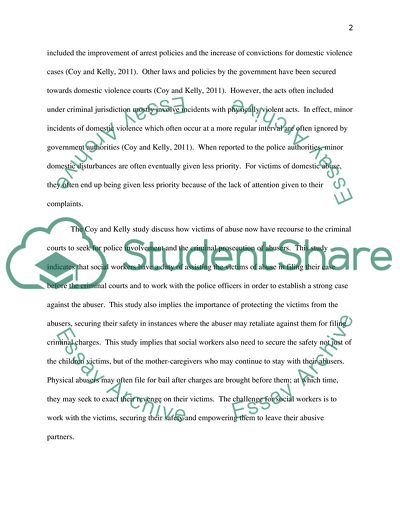Cite this document
(“Not Found (#404) - StudentShare”, n.d.)
Not Found (#404) - StudentShare. Retrieved from https://studentshare.org/sociology/1772322-domestic-abuse-and-child-contact-what-lessons-can-social-workers-learn-from-the-approaches-of-other-agencies
Not Found (#404) - StudentShare. Retrieved from https://studentshare.org/sociology/1772322-domestic-abuse-and-child-contact-what-lessons-can-social-workers-learn-from-the-approaches-of-other-agencies
(Not Found (#404) - StudentShare)
Not Found (#404) - StudentShare. https://studentshare.org/sociology/1772322-domestic-abuse-and-child-contact-what-lessons-can-social-workers-learn-from-the-approaches-of-other-agencies.
Not Found (#404) - StudentShare. https://studentshare.org/sociology/1772322-domestic-abuse-and-child-contact-what-lessons-can-social-workers-learn-from-the-approaches-of-other-agencies.
“Not Found (#404) - StudentShare”, n.d. https://studentshare.org/sociology/1772322-domestic-abuse-and-child-contact-what-lessons-can-social-workers-learn-from-the-approaches-of-other-agencies.


